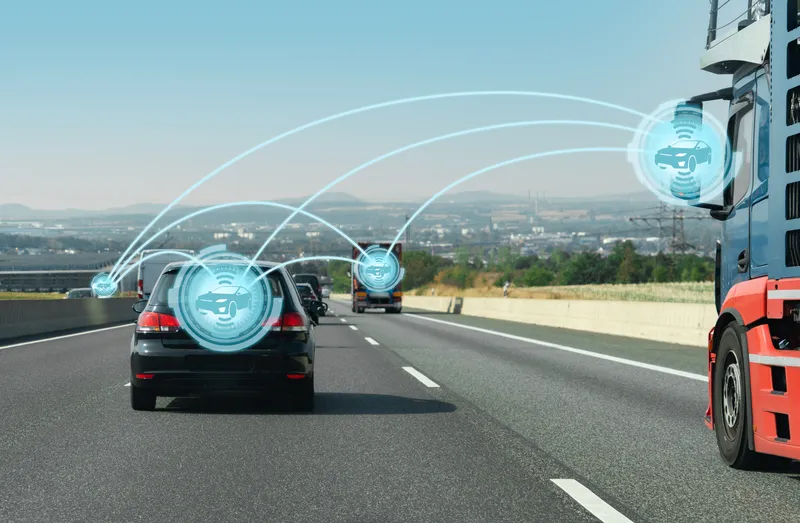“It’s an honour to get a top award from ITS America,” said Paul Algebra, university region engineer with the
“What makes it all worthwhile is acknowledgement that what we do can save lives,” said Mark Chaput, vice president of construction and infrastructure development (right, with ITSA president Shailen Bhatt) at the centre.
American Center for Mobility gets top ITSA award
The non-profit public-private partnership American Center for Mobility and the US-23 Flex Route project carried off the two top honours in the ITS America awards.
“It’s an honour to get a top award from ITS America,” said Paul Algebra, university region engineer with the Michigan Department of Transportation (left) which is working with HNTB on the US-23 Flex Route. The project is Michigan’s first Active Traffic Management system that provides additional capacity during peak use hours. US-23 won in the tra
June 6, 2018
Read time: 2 mins
The non-profit public-private partnership 8742 American Center for Mobility and the US-23 Flex Route project carried off the two top honours in the ITS America awards.










